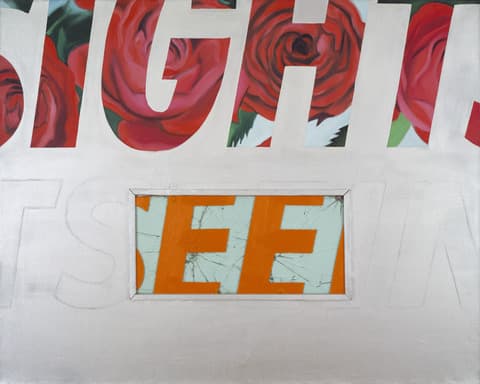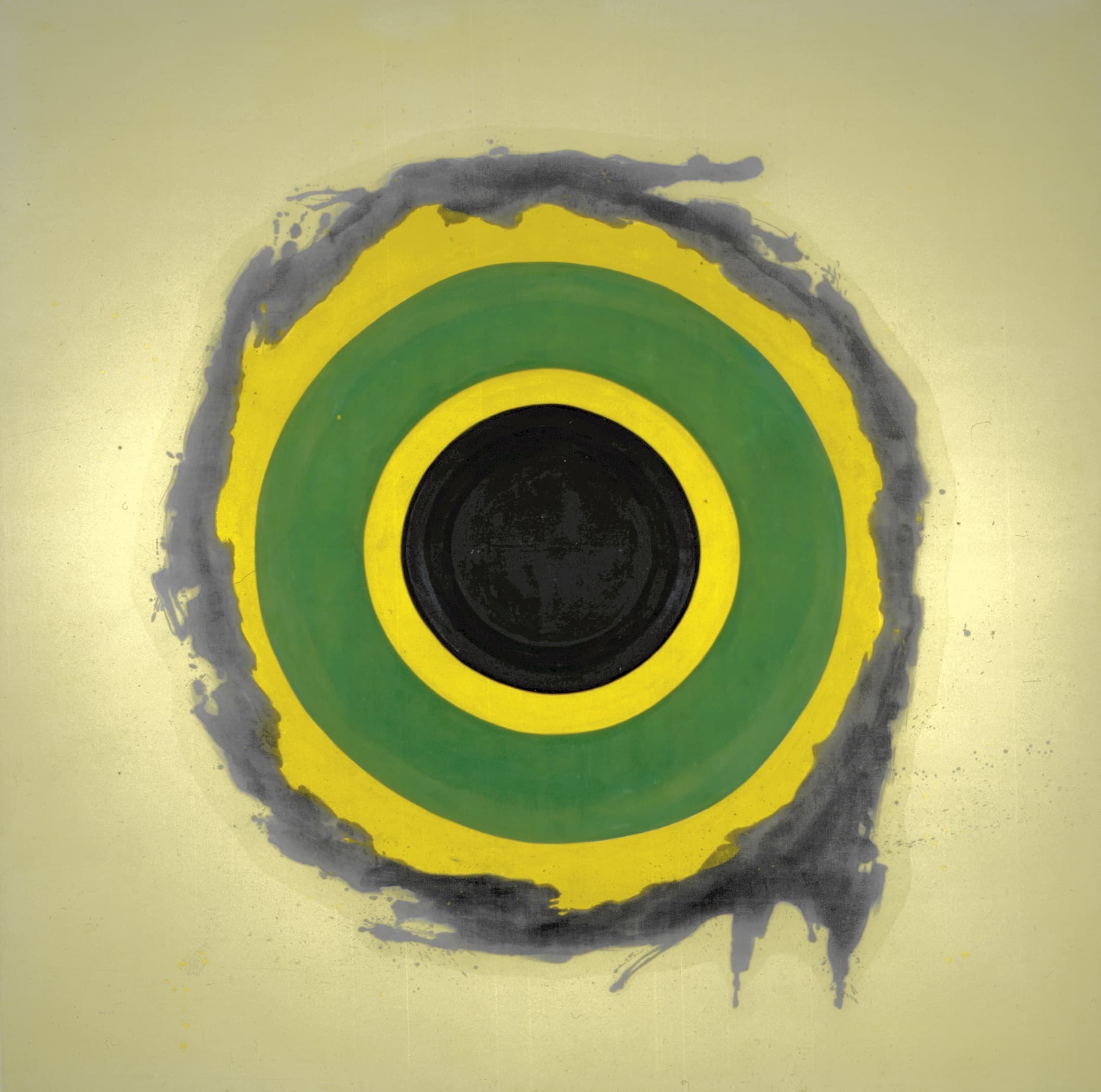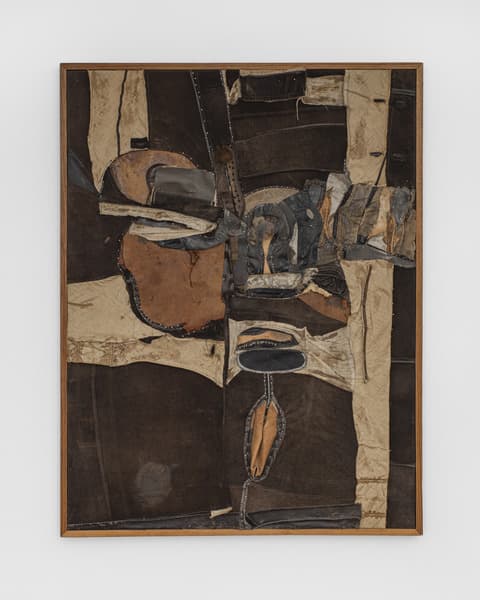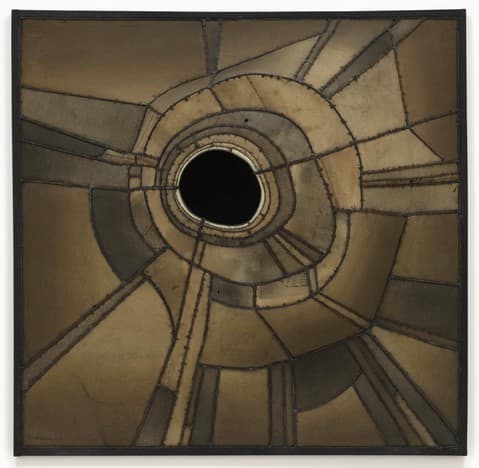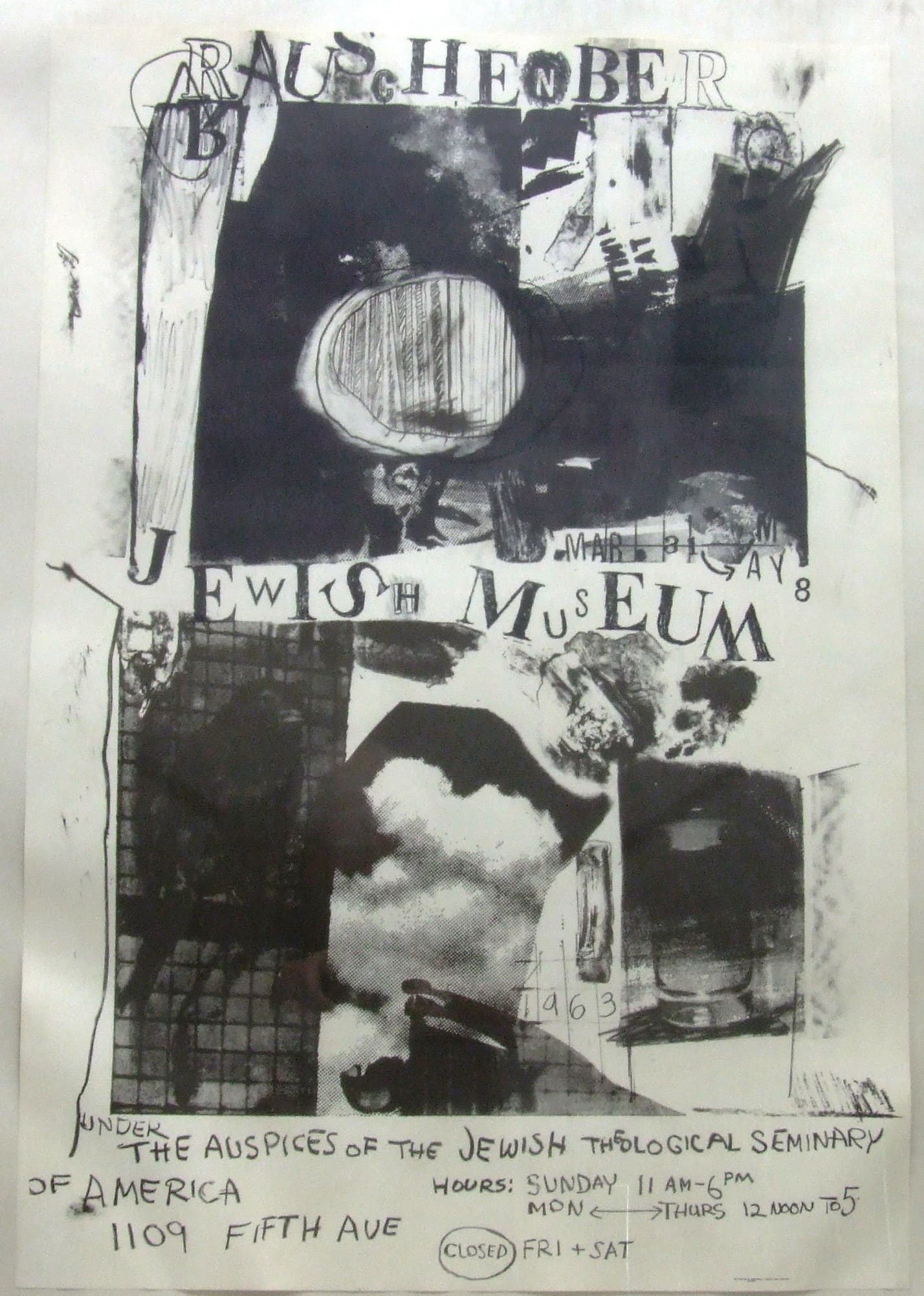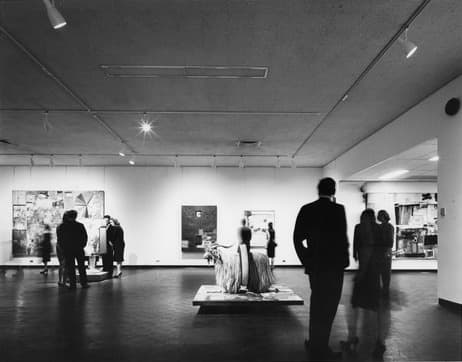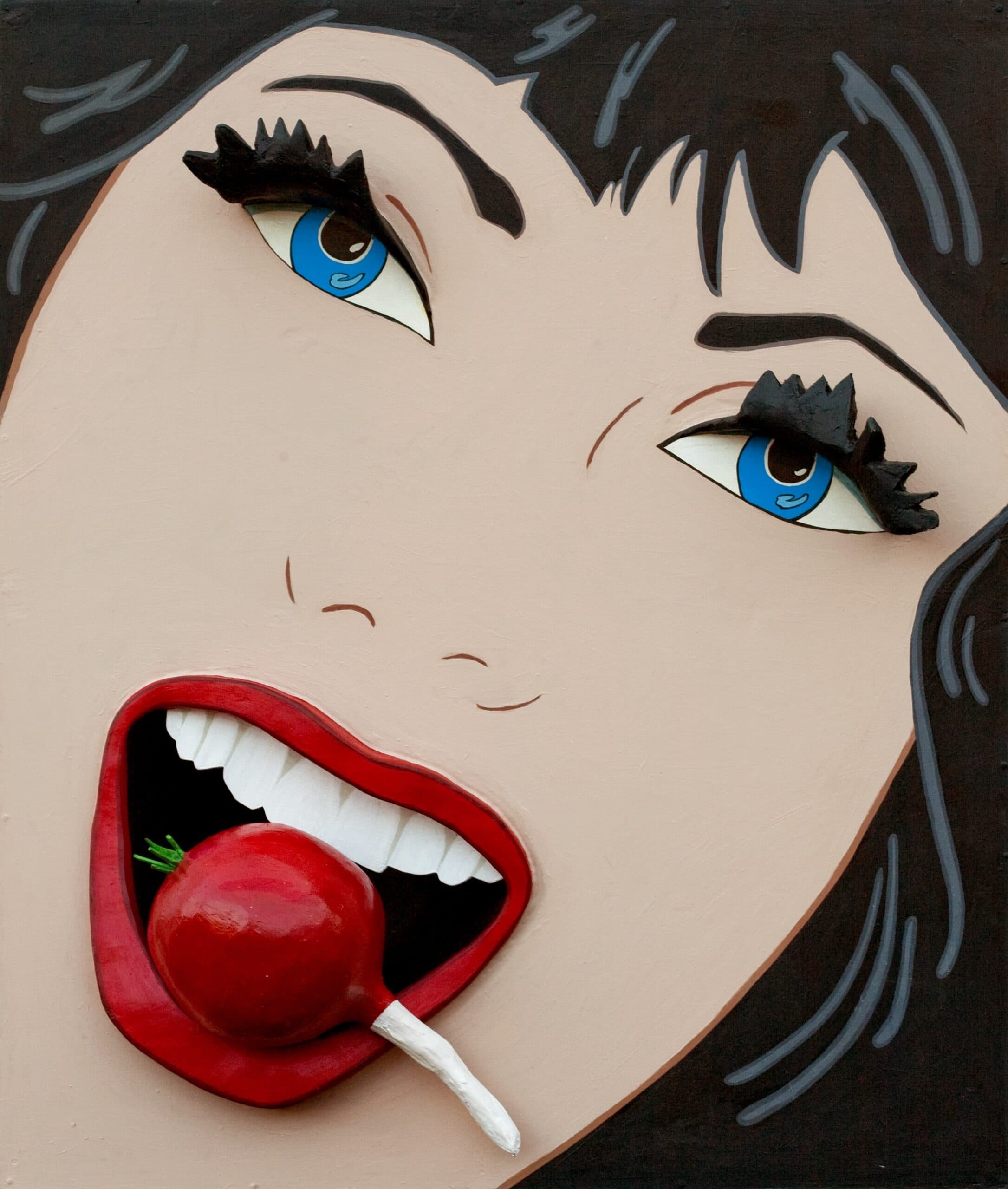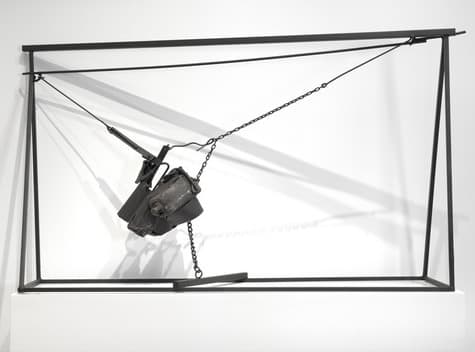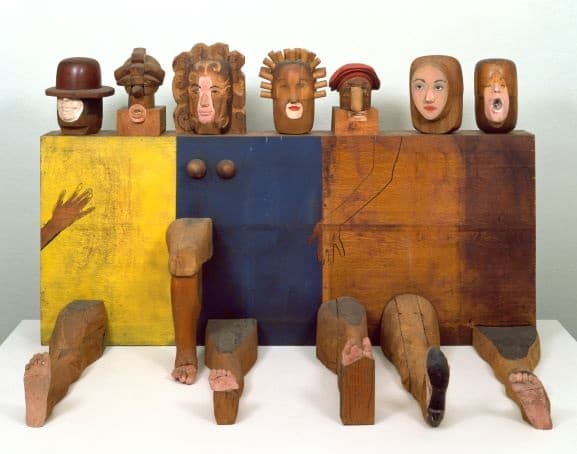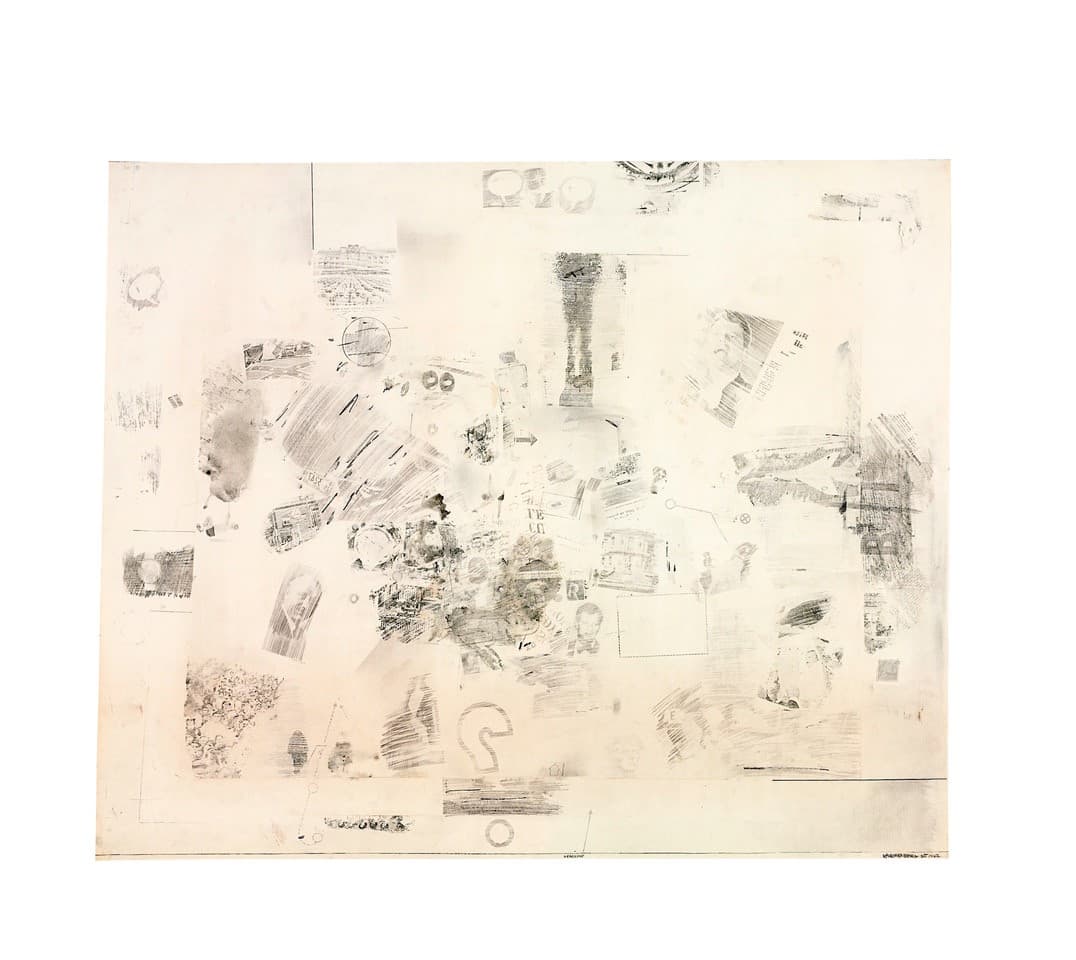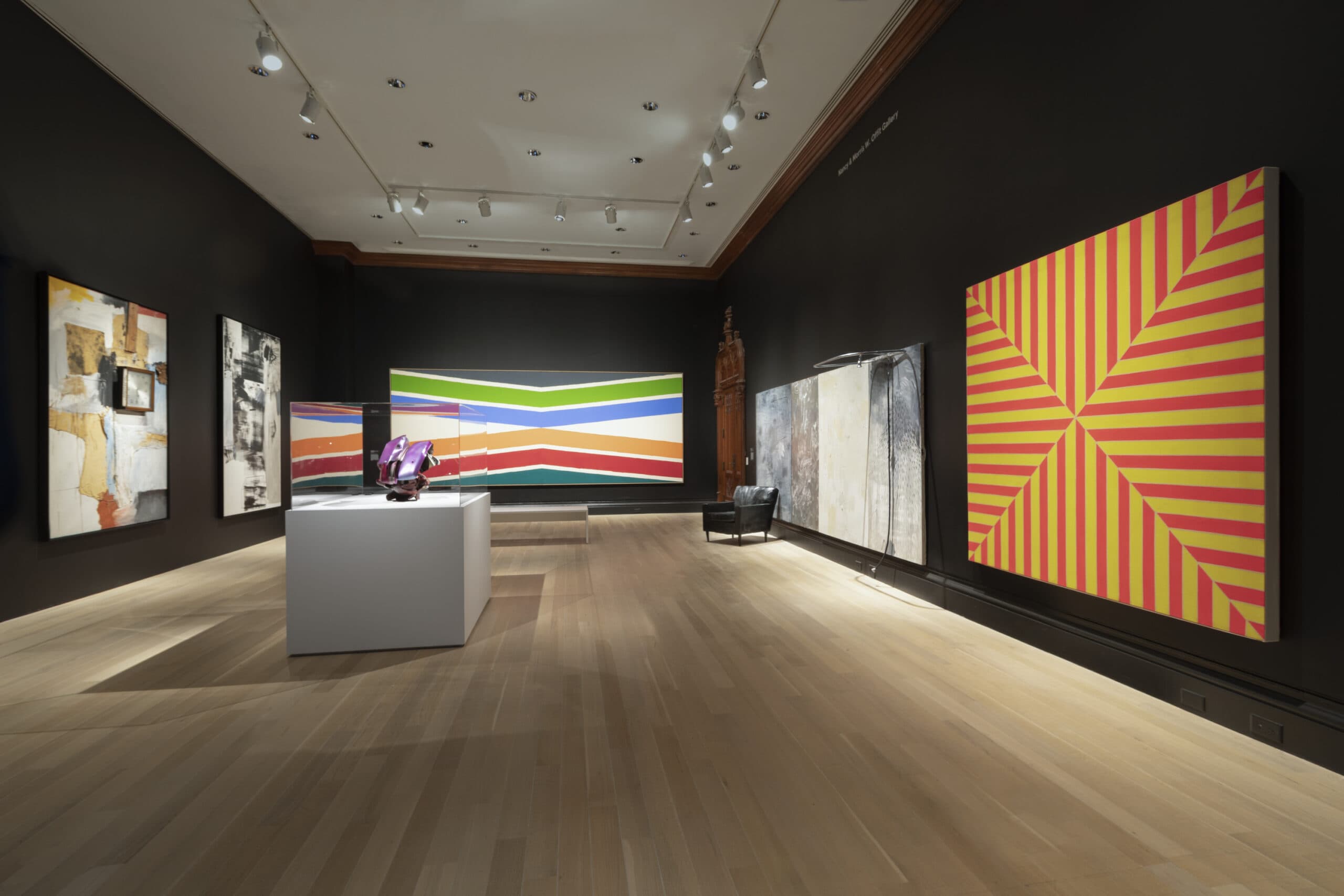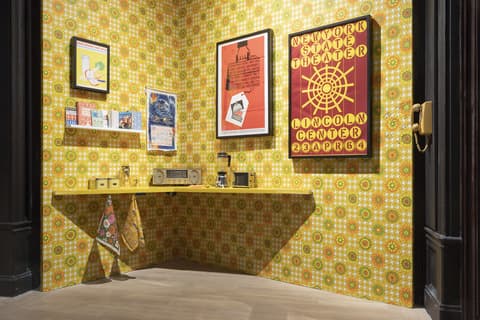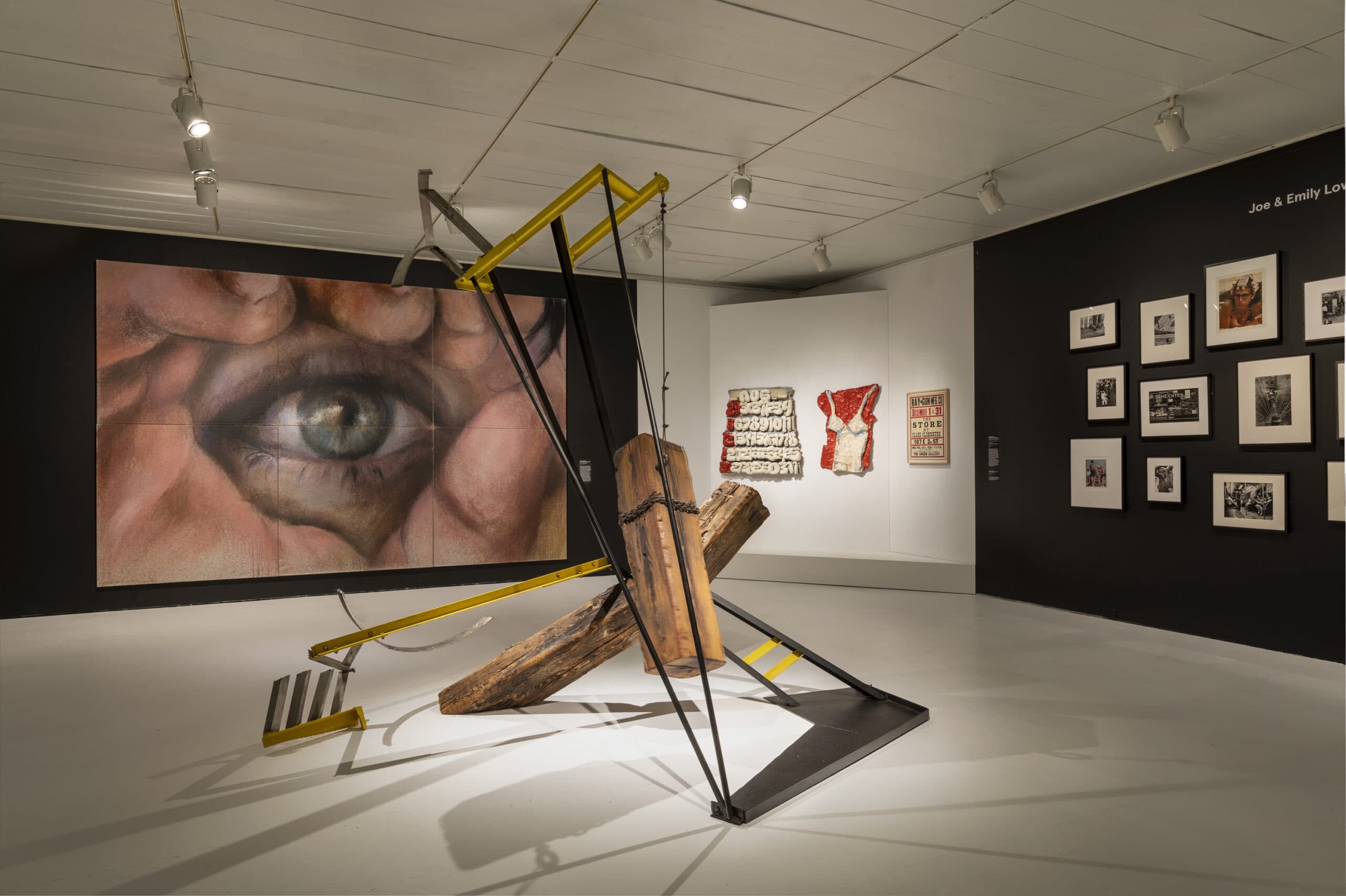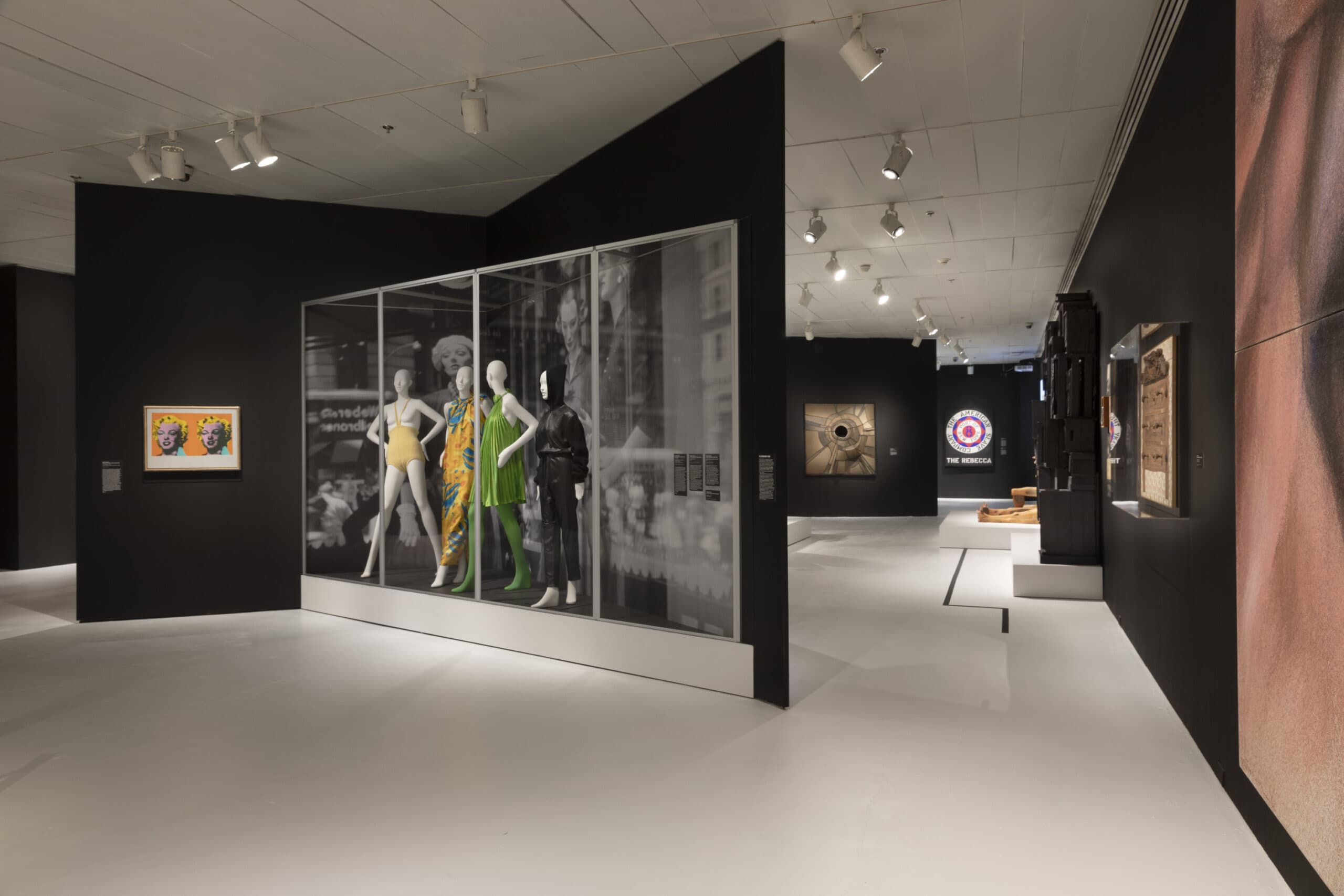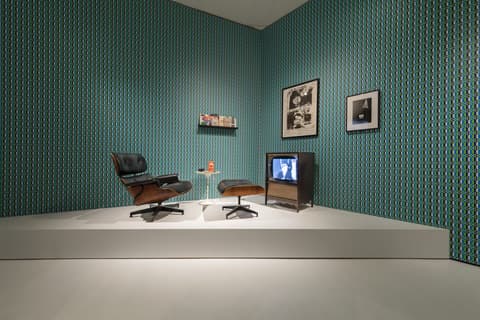New York: 1962 – 1964
New York: 1962-1964 explores a pivotal three-year period in the history of art and culture in New York City, examining how artists living and working in New York responded to their rapidly changing world, through more than 180 works of art—all made or seen in New York between 1962-1964.
New York: 1962-1964 uses the Jewish Museum’s influential role in the early 1960s New York art scene as a jumping-off point to examine how artists living and working in New York City responded to the events that marked this moment in time.
Presenting works by Diane Arbus, Lee Bontecou, Chryssa, Merce Cunningham, Jim Dine, Martha Edelheit, Melvin Edwards, Lee Friedlander, Nancy Grossman, Robert Indiana, Jasper Johns, Donald Judd, Ellsworth Kelly, Yayoi Kusama, Norman Lewis, Roy Lichtenstein, Boris Lurie, Marisol, Agnes Martin, Louise Nevelson, Isamu Noguchi, Claes Oldenburg, Yvonne Rainer, Robert Rauschenberg, Faith Ringgold, Larry Rivers, James Rosenquist, Miriam Schapiro, Carolee Schneemann, George Segal, Jack Smith, Harold Stevenson, Marjorie Strider, Mark di Suvero, Bob Thompson, and Andy Warhol, among many others, the exhibition aligns with the years of Alan Solomon’s tenure as the Jewish Museum’s influential director. Solomon organized exhibitions dedicated to what he called the “New Art,” transforming the Jewish Museum into one of the most important cultural hubs in New York.
During the timeframe explored in this exhibition, epoch-changing events—such as the Cuban Missile Crisis (1962), March on Washington for Jobs and Freedom (1963), and the assassination of President John F. Kennedy (1963)—fundamentally altered the social and political landscape of New York City, and the nation. An unprecedented economic boom broadened the array of available consumer goods, and an expanding media network introduced new voices into increasingly urgent conversations about race, class, and gender. Emerging in this context, a generation of New York-based painters, sculptors, dancers, filmmakers, and poets rose to prominence, incorporating material directly from their urban surroundings and producing works that were as rich and complex as the city itself.
In conjunction with New York: 1962-1964, the Jewish Museum is partnering with Film Forum and Film at Lincoln Center. From July 22 to August 11, Film Forum presented 1962…1963…1964, including 35 films that showcase a moment in movie history that saw the last gasps of the Hollywood studio system. From July 29 to August 4, Film at Lincoln Center presented New York, 1962-64: Underground and Experimental Cinema, which focused on a rich period of truly independent cinema.
In the Press
“…the era documented in the smart, split-level show called New York: 1962-1964 at the Jewish Museum, an institution which, we learn, played a significant role in the cultural shifts.”
— The New York Times
“A spectacular historical show of art and documentation.”
— The New Yorker
“…entertaining and informative.”
— The Wall Street Journal
“The Jewish Museum homes in on the rich blink between 1962 and 1964. Its dazzling and generous survey overflows with justifiable nostalgia.”
— Financial Times
“Don’t miss this show.”
— The Brooklyn Rail
This is the last project conceived and curated by Germano Celant (1940-2020), the renowned art historian, critic, and curator. The exhibition and accompanying book have been developed by Studio Celant according to Celant’s curatorial vision in close collaboration with the Jewish Museum: Claudia Gould, Helen Goldsmith Menschel Director; Darsie Alexander, Susan and Elihu Rose Chief Curator; Sam Sackeroff, Lerman-Neubauer Associate Curator; and Kristina Parsons, Leon Levy Curatorial Assistant. The exhibition is designed by Selldorf Architects. It will be accompanied by a 350-page catalogue developed by Celant and designed by Michael Rock from 2x4.
New York: 1962-1964 is made possible by the Jerome L. Greene Foundation.

Major support for the exhibition is provided by The National Endowment for the Humanities: Democracy demands wisdom; The Ellsworth Kelly Foundation; the National Endowment for the Arts; Tracy Li; The Joan Toepfer Charitable Trust; the Arnhold Family; The Walter and Lucille Rubin Foundation; Agnes Gund; Helen Frankenthaler Foundation; Johanna and Lief D. Rosenblatt; The Goldie and David Blanksteen Foundation; Wendy Fisher and the Kirsh Foundation; The Robert Mapplethorpe Foundation, Inc; The Skirball Fund for American Jewish Life Exhibitions; Horace W. Goldsmith Exhibitions Endowment Fund; the Alfred J. Grunebaum & Ruth Grunebaum Sondheimer Memorial Fund; and the Leon Levy Foundation.
In celebration of Germano Celant, additional support is provided by Gagosian; Barbara Gladstone; Barbara Bertozzi Castelli and Castelli Gallery; Marianne Boesky Gallery; Paula Cooper Gallery; David Israel and Julie Hillman; Barbara and Richard S. Lane; Lévy Gorvy; Pace Gallery; Isabella del Frate Rayburn; Thaddaeus Ropac - London Paris Salzburg Seoul; Stéphane Samuel and Robert M. Rubin; David Zwirner; Nancy Olnick and Giorgio Spanu; Lisa Silver and Jean-Christophe Castelli; Peter and Ellen Cohen; Virginia Dwan; Gray, Chicago/New York; Valerie Carberry and Richard Wright; and Laurie Beckelman.
The publication is made possible, in part, by the Wyeth Foundation for American Art; The Boris Lurie Art Foundation and The Schaina and Josephina Lurje Memorial Foundation, Both Founded by Gertrude Stein; Furthermore: a program of the J. M. Kaplan Fund; and the Dorot Foundation.

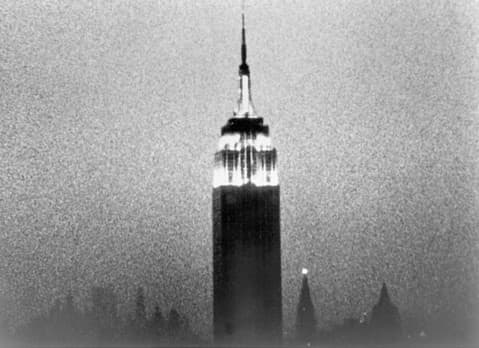
Andy Warhol, Film still from Empire, 1964.16 mm film transferred to video (black and white, silent), 8 hrs. 5 min. at 16 fps. The Andy Warhol Museum, Pittsburgh, PA, © The Andy Warhol Museum, Pittsburgh, PA, a museum of Carnegie Institute. All rights reserved.

